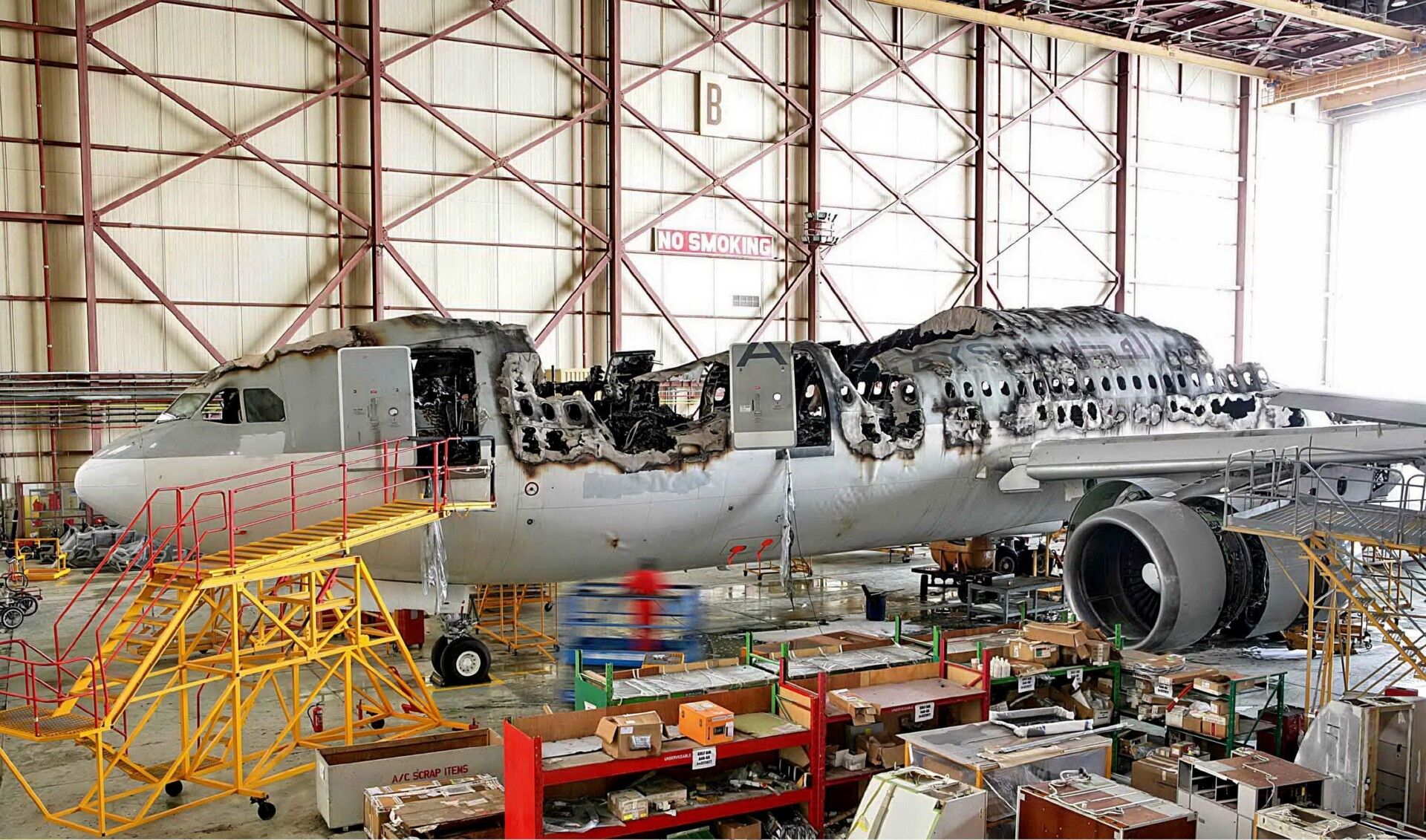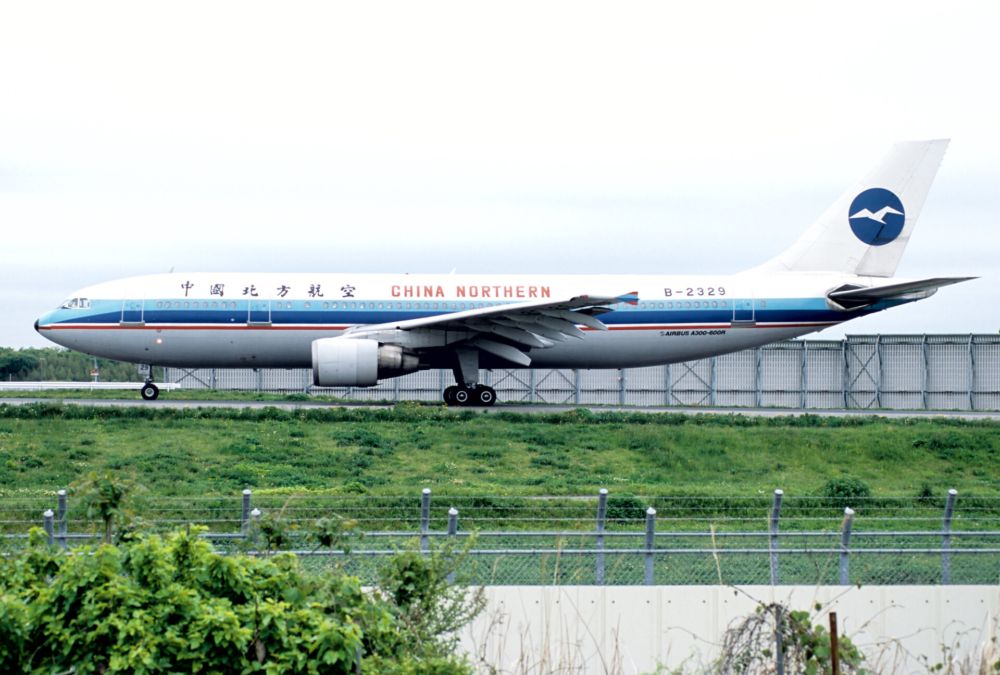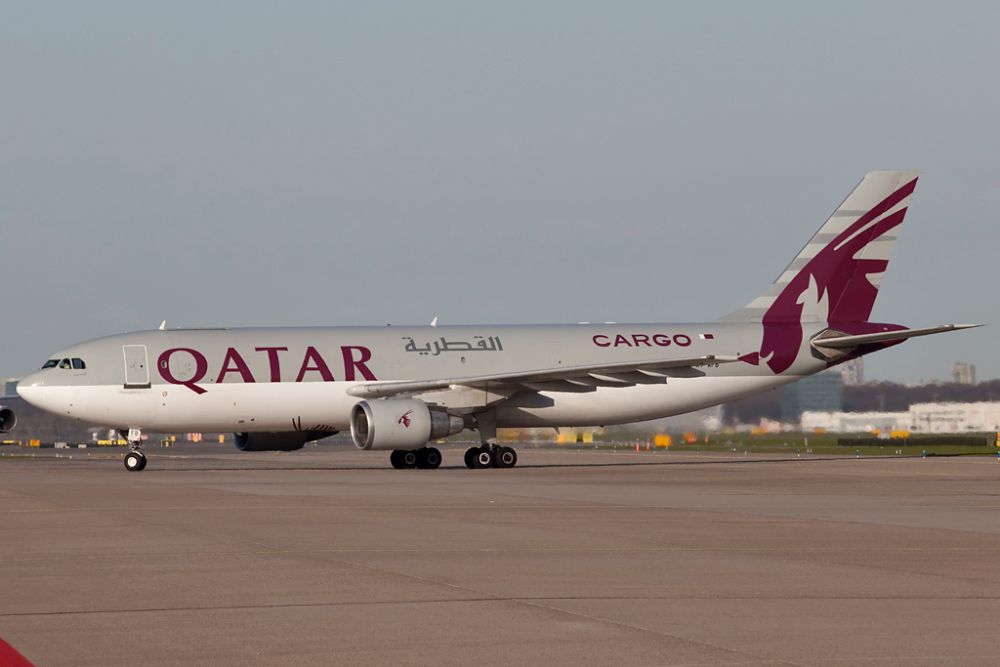Fire can be a sudden and dangerous consequence of plane crashes if certain factors align. However, such accidents are not the only instances whereby an aircraft can find itself aflame. Indeed, in 2007, fire destroyed a Qatar Airways Airbus A300 while it was undergoing maintenance in a hangar in Abu Dhabi. But how exactly did this happen?
The aircraft involved
A7-ABV was a Qatar Airways Airbus A300-600R that, according to data from ATDB.aero, entered service with China Northern Airlines as B-2312 in July 1993. It was completed at Airbus's Toulouse factory in March 1993, and bore the test registration F-WWAP. It spent five years with the carrier, before leaving for lessors AWAS (Ansett Worldwide Aviation Services).
The aircraft joined AWAS as VH-CLL a year after leaving China Northern, in July 1999. However, it didn't spend long there, and moved on to Qatar Airways just after the turn of the century, in March 2000. It was at this point that it took on the registration A7-ABV, becoming the fourth A300-600R to join Qatar Airways from Ansett Worldwide Aviation Services.
Stay informed: Sign up for our daily and weekly aviation news digests.
What happened?
After just over seven years of otherwise uneventful service at Qatar Airways, A7-ABV flew to Abu Dhabi for maintenance in April 2007. According to FlightGlobal, this was to be carried out by Gulf Aircraft Maintenance, known in short as Gamco. However, the aircraft would never leave the hangar as, one night, it was damaged beyond repair by a severe fire.
As seen in the photograph at the top of the article, the blaze caused extensive damage to the A300. According to the Aviation Safety Network (ASN), the probable cause for the inferno was an electrical spark, an arc from a faulty light, or an electrostatic discharge from painting equipment. The blaze was contained without damage to the hangar or other planes.
There were several factors that caused the fire to burn the aircraft in such a violent manner. These included the potential presence of flammable vapor pockets as a by-product of the painting process. The ASN also notes that non-adherence to painting procedures and standards, as well as a lack of fire extinguishers in the vicinity, also contributed.
Stay informed: Sign up for our daily and weekly aviation news digests.
Qatar Airways' A300 fleet as a whole
We'll end by taking a look at the makeup of Qatar Airways' overall fleet. The destroyed A7-ABV was one of eight passenger-carrying A300s to serve the Doha-based airline, and they joined between March 1997 (A7-ABN) and February 2003 (A7-AFD). A7-ABP was the first to leave, in June 2001, with the final departure being A7-ABW in November 2008.
Alongside these were the following three cargo-configured examples of the A300.
- A7-ABX: November 2000-April 2013.
- A7-ABY: January 2001-March 2013.
- A7-AFB: May 2003-March 2013.
Interestingly, the A7-ABV would have gone on to be converted for cargo use were it not for the 2007 fire. It was set to join US logistics juggernaut FedEx in 2008, but could not. All seven of its passenger-carrying counterparts have ended up following this conversion path.
What do you make of this incident? Do you remember it happening at the time? Let us know your thoughts and memories in the comments.



